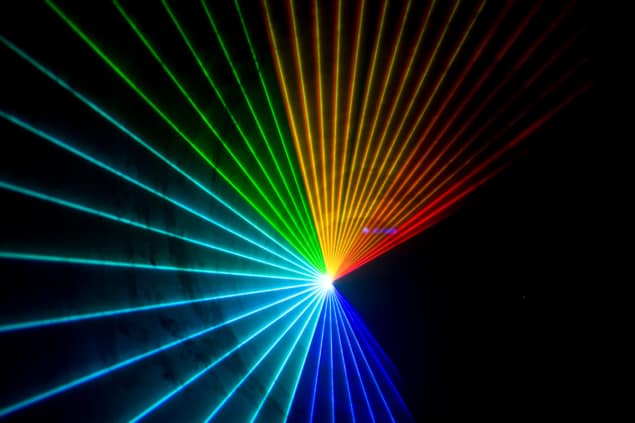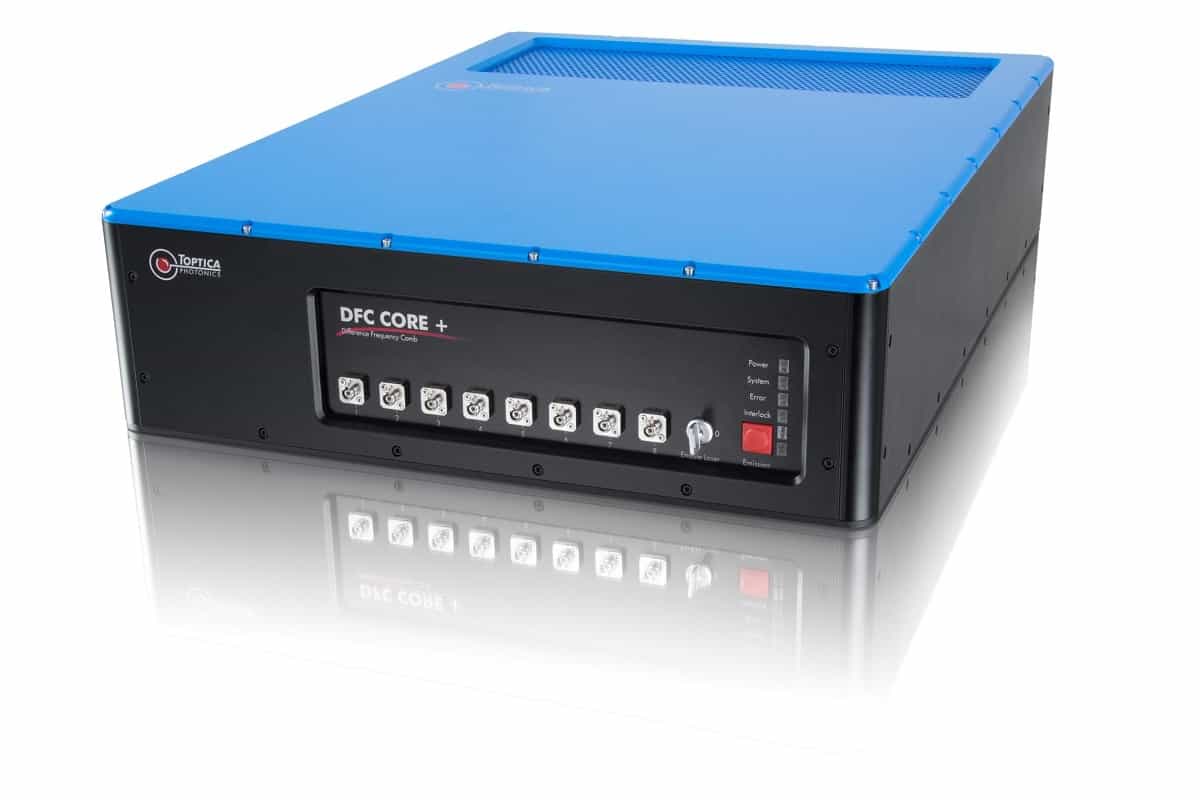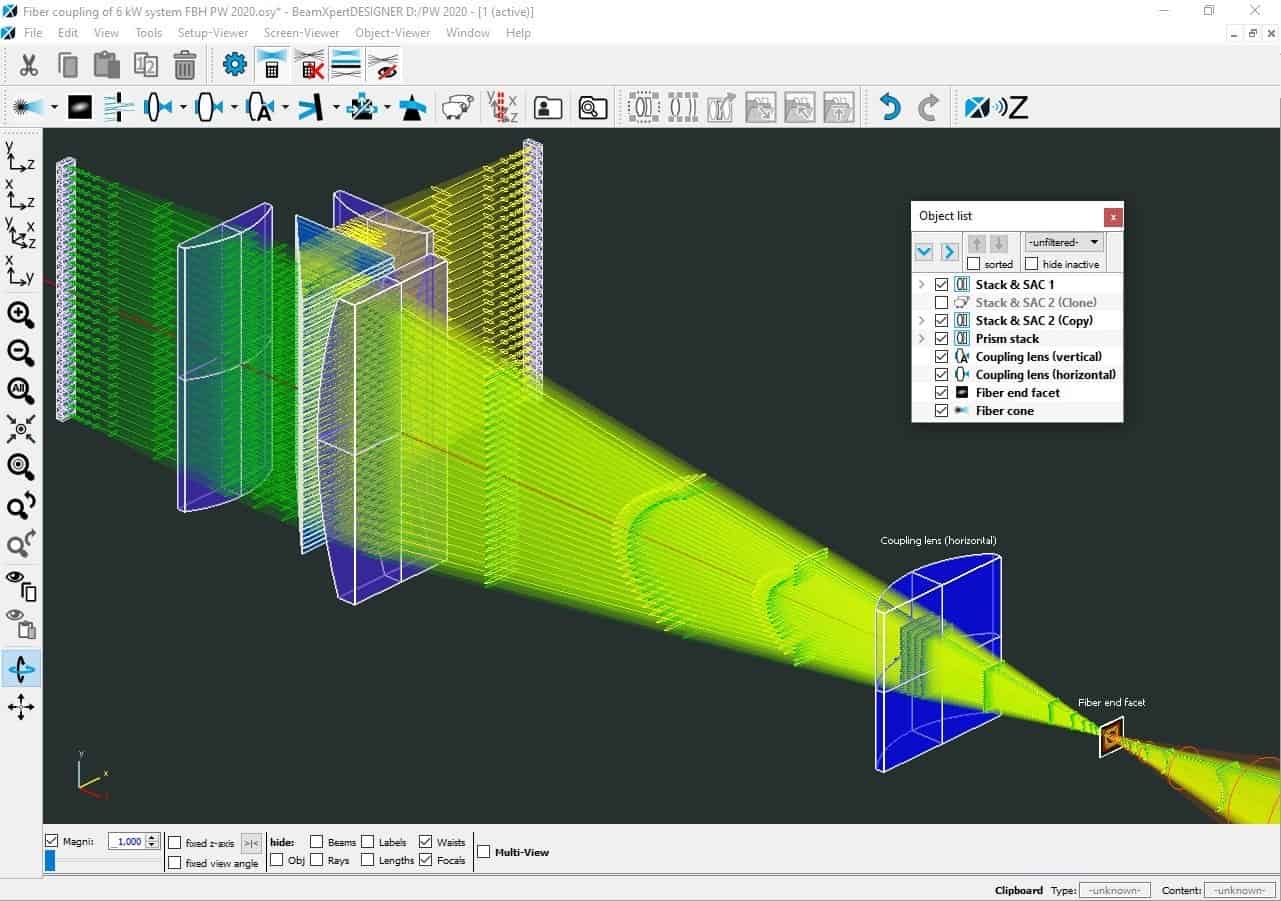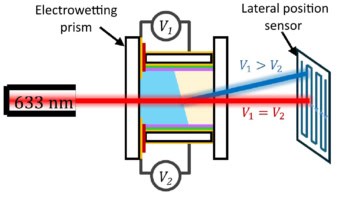This year’s Photonics West and BIOS events will bring together scientists, entrepreneurs and big business to discuss the trends that will drive the future of the optics industry

Some 20,000 optical scientists and engineers will be converging in San Francisco at the beginning of February for SPIE’s flagship Photonics West and BIOS events. Delegates will be spoilt for choice, with three international conferences presenting more than 5200 technical papers, and two world-class exhibits featuring the latest products from around 1400 international companies.
Each of the conferences will headlined by impressive plenary speakers, including Nobel-prize winner Eric Betzig, David Payne from the Optoelectronics Research Centre at Southampton University, and Google’s Trond Wuellner – who promises to share his vision for the future of computing. A parallel programme for entrepreneurs and investors will feature the popular Startup Challenge, in which early-stage companies compete to win funding from some of the largest companies in the photonics industry.
Many of the exhibitors on the show floor will be launching their latest product innovations, some of which are highlighted below.
TOPTICA takes optical frequency measurement to the 21st significant digit

TOPTICA’s frequency comb DFC CORE+ has demonstrated world-record stability in a joint research project with the Physikalisch-Technische Bundesanstalt (PTB) in Braunschweig, Germany. The frequency comb is designed for use in atomic clocks, which rely on probing optical transitions in cold atoms with very stable and narrow-linewidth laser light. The probed atoms provide the long-term stability and accuracy of the clock, but the most stable lasers have a different wavelength from the best atomic references. Frequency combs are used to transfer the stability from the wavelength of the narrow-linewidth laser to the wavelength of the cold-atom transition.
Tests by PTB and TOPTICA researchers have demonstrated the DFC CORE+ can achieve a stability transfer at a record level of 10–21 over an averaging time of 105 s. This was achieved by suppressing the influence of optical path-length fluctuations through a combination of active phase-stabilization and common-path propagation, a scheme that is technically simple and robust against environmental changes. The frequency ratio was measured with an accuracy of 9.4×10–22, equivalent to the 21st significant digit.
The advance paves the way not only for further improvements in atomic clocks, but also more sensitive gravitational wave detectors.
The DFC CORE+ will be displayed at BiOS at Booth #3209 and Photonics West at Booth #8209. An open access article describing the research is available for download, while more information about TOPTICA’s frequency combs can be found on the company’s website.
Motion systems deliver speed and precision

PI will be showcasing the latest generation of its gantry systems and motion subsystems for automated high-speed photonics alignment and laser processing applications.
The company’s Silicon Photonics Alignment product line addresses the requirement of aligning multiple optical paths with multiple interacting inputs and outputs, each of which requires optimization. The automated alignment engines include between three and twelve-axis mechanisms, controllers with firmware-based alignment algorithms, and the software tools needed to achieve the accuracy for markets such as packing, planar testing, and inspection.
Hexapod six-axis parallel positioning systems are instrumental to fast alignment for silicon photonics due to their lower inertia, improved dynamics, and smaller package size, as well as higher stiffness and programmable pivot point. Fast, linear-motor-driven systems that exploit industrial motion controllers will also be shown.
Learn more about PI’s motion systems at Booth #4857, or visit the company’s Photonics West preview page.
Tunable mid-IR laser combines speed with performance

DRS Daylight Solutions, a leading supplier of mid-infrared quantum-cascade lasers, will be featuring the MIRcat-QT, its flagship broadly tunable laser. Now incorporating the company’s proprietary ZeroPoint technology, the laser provides improved beam pointing accuracy and stability for applications such as nanoscale imaging, point-scanning microscopy, photothermal and photoacoustic imaging, stand-off detection, and single-mode fiber-optic coupling.
The MIRcat-QT offers tuning ranges approaching 1000 cm–1 with wavelength coverage options spanning 3 µm to more than 13 µm. The system’s flexible, modular design allows factory configuration of up to four pulsed or continuous-wave/pulsed modules, plus the option to add or upgrade modules later.
Modules are available that can deliver output peak powers up to 1 W and/or average output power up to 0.5 W. Peak tuning speeds exceed 30,000 cm–1/s, while a high-precision tuning mechanism provides wavelength repeatability of less than 0.1 cm–1. MIRcat’s TEM00 output beam quality enables high-efficiency fibre coupling, and the new ZeroPoint technology ensures this high efficiency is maintained across the entire tuning range.
To find out more about the MIRcat-QT system, visit DRS Daylight Solutions at Booth #2327
Software speeds up the design of laser-based optical systems

BeamXpert, a spin-off from the Ferdinand-Braun-Institut, Leibniz-Institut für Höchstfrequenztechnik (FBH), will be introducing its software BeamXpertDESIGNER at this year’s Photonics West.
BeamXpertDESIGNER allows laser users and developers to design optical systems based on laser radiation. It combines two simulation models that together offer real-time calculations and sufficient accuracy for most practical design tasks.
An extremely fast first-simulation algorithm enables real-time prediction of beam-propagation parameters such as the beam diameter and position, along with Rayleigh lengths, divergence angles and other properties defined in the ISO standards for lasers. The second model determines the aberrations that may degrade the beam quality, helping the user to choose the most appropriate optical components for the system.
BeamXpertDESIGNER is supplied with a lifetime license that includes support and updates during the first year. The software is quick and intuitive to learn, and is delivered with more than 16,000 components, a comprehensive glass library, and compatibility with ZEMAX formats.
Visit BeamXpert at Booth #4545-18 on the German Pavilion to test the software for yourself.
DPSS lasers for high-precision applications
 Scottish laser manufacturer UniKLasers will be showcasing an expanding range of single-frequency diode-pumped solid-state (DPSS) lasers for high-performance applications such as metrology, spectroscopy, holography, quantum sensing and optical trapping.
Scottish laser manufacturer UniKLasers will be showcasing an expanding range of single-frequency diode-pumped solid-state (DPSS) lasers for high-performance applications such as metrology, spectroscopy, holography, quantum sensing and optical trapping.
The company will be presenting its second-generation Solo 640 series of lasers, which deliver impressive output powers of up to 1000 mW. Customer-focused specification enhancements include advanced remote-control operation and extended power and wavelength stability, enabling more than eight hours of non-stop operation.
Meanwhile, the Solo 780.24, Solo 689.4 and Solo 698.4 lasers have been designed for quantum applications such as cold atom interferometry, gravimetry and atomic clocks. UniKLasers is a member of the Pioneer Gravity consortium, which is currently developing a commercial quantum gravitometer. This is the company’s fourth quantum project to be sponsored by Innovate UK, in which UniKLasers is focusing on the development of higher power lasers and new quantum wavelengths. The next anticipated release will be the Solo 813, the “magic wavelength” laser for use in strontium lattice clocks.
To find out more, visit UnikLasers at the UK Pavilion at Booth #5053. On Tuesday 4 February the company will present a spectral performance analysis of DPSS and ECD single-frequency lasers at the LASE & BiOS poster session, and will also provide an update on its high-power red at the Holography Technical event.
An Italian approach to CO2 lasers

The Italian laser manufacturer El.En. is a pioneer in the development of rechargeable CO2 laser sources. Unlike conventional CO2 lasers, the company’s Blade Self-Refilling lasers are equipped with a special slot in which to insert the CO2 gas-mix cylinder, allowing an operator to easily replace the cylinder and regenerate the laser source in just a few seconds – which ensures that the laser is always working at its full potential.
The laser sources in the Blade Self-Refilling series also have one of the highest energy efficiency in their category. Power options range from 350 to 1200 W, with all versions except the most powerful supplied in the same form factor to simplify the engineering of different models with different power solutions.
Alongside its portfolio of laser sources, El.En. also supplies a series of high-performance laser-scanning heads. These include the Gioscan series of galvo motors that offer the fast acceleration needed to provide an immediate and precise response in all beam steering applications. As an independent producer that builds all of its products in-house, El.En. offers full technical assistance as well as the ability to build customized solutions for specific applications.
To find out more about this Italian company and its products, visit Booth #5470 at Photonics West or go directly to elenlaser.com



